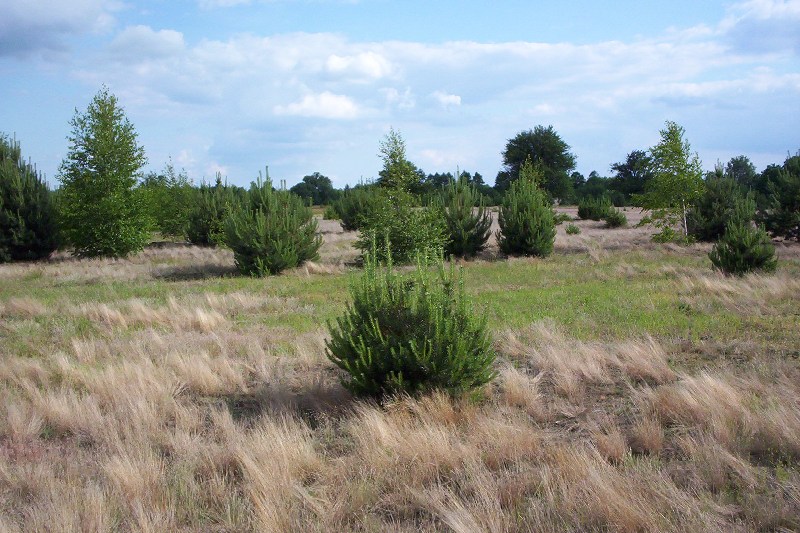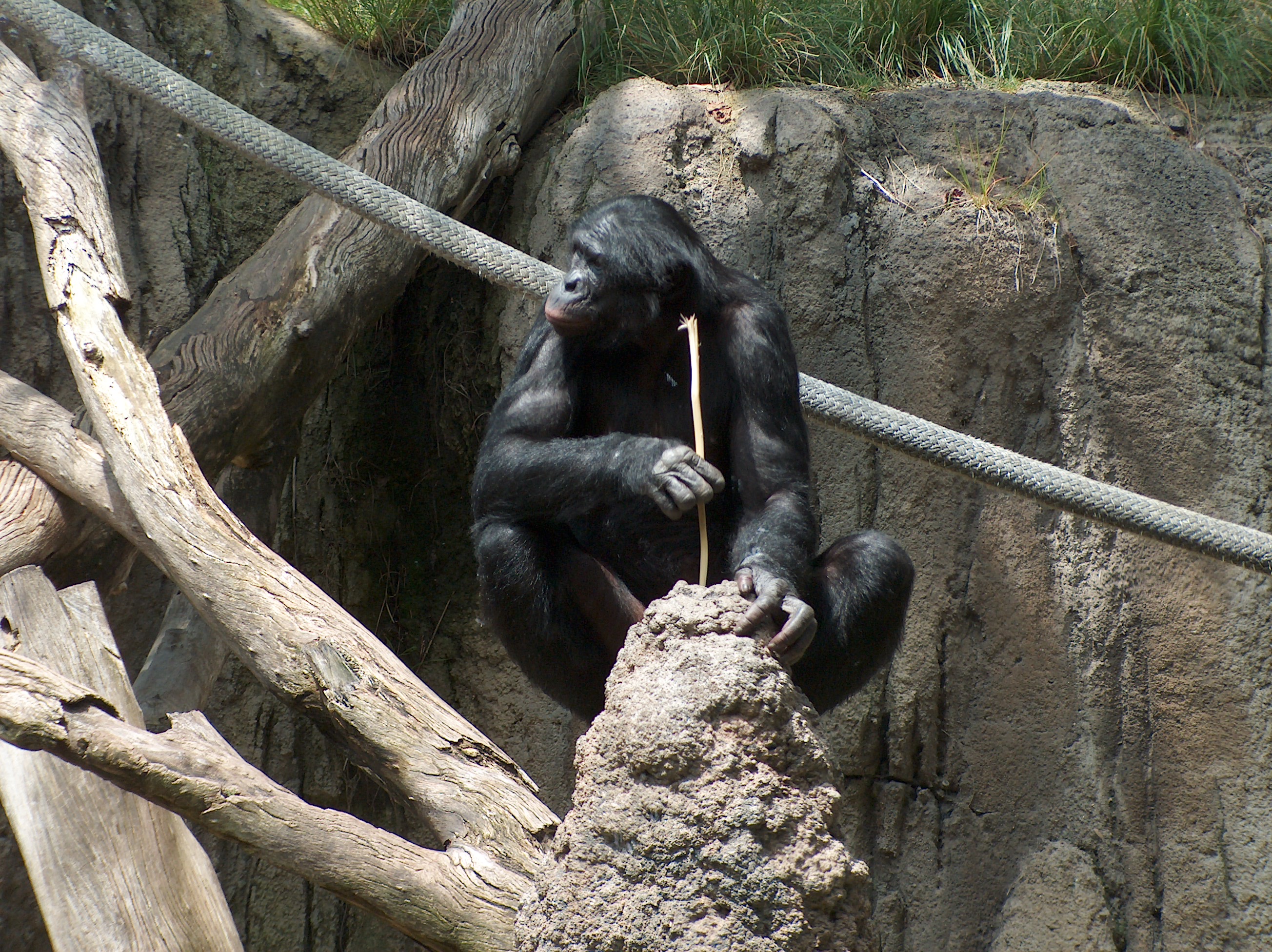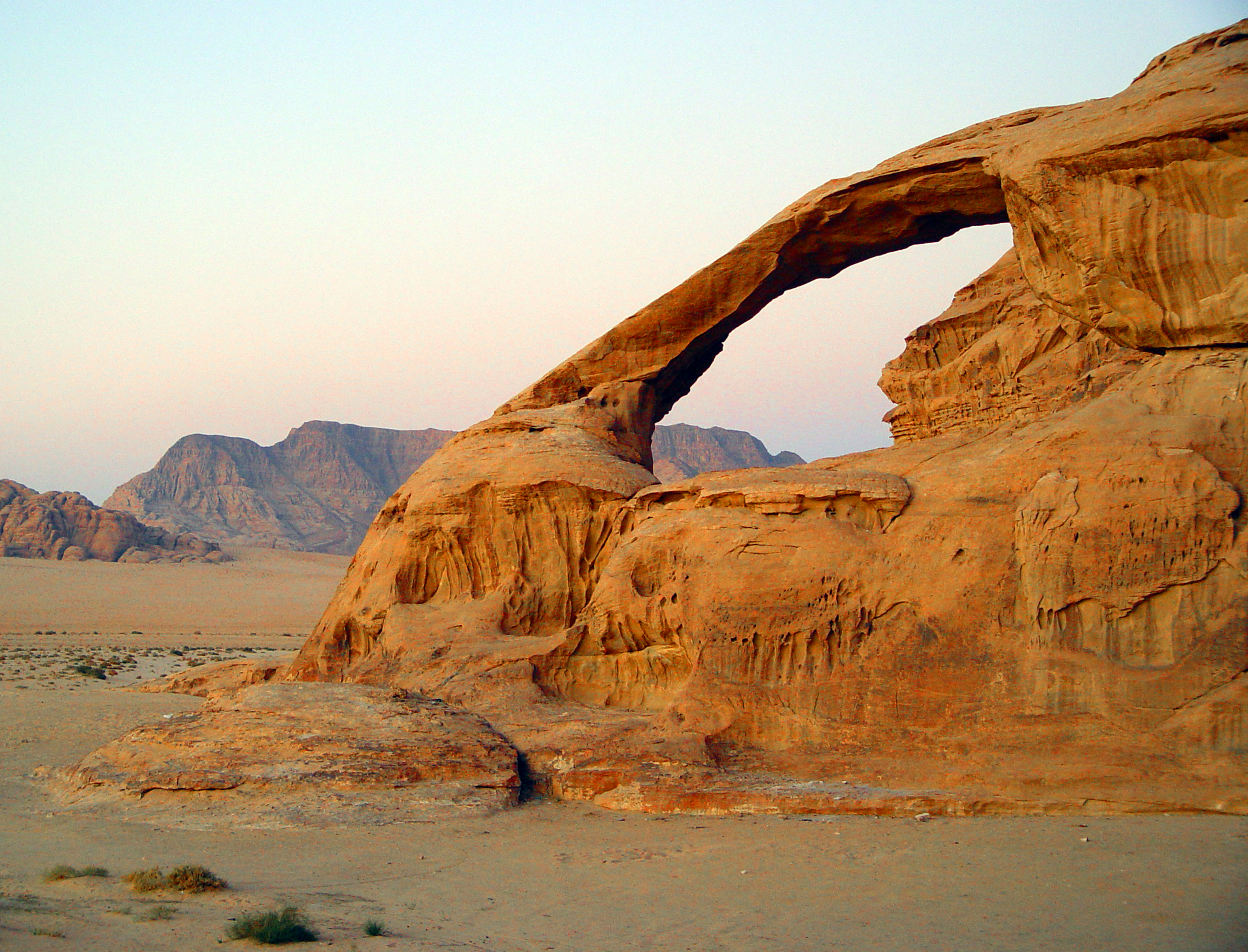|
Lithosere
A lithosere (a sere originating on rock) is a plant succession that begins life on a newly exposed rock surface, such as one left bare as a result of glacial retreat, tectonic uplift as in the formation of a raised beach, or volcanic eruptions. For example, the lava fields of Eldgjá in Iceland where Laki and Katla fissures erupted in the year 935 and the solidified lava has, over time, begun to form a lithosere. Pioneer species are the first organisms that colonise an area, of which lithoseres are an example. They will typically be very hardy (''i.e.'', they will be xerophyte A xerophyte (from Greek ξηρός ''xeros'' 'dry' + φυτόν ''phuton'' 'plant') is a species of plant that has adaptations to survive in an environment with little liquid water, such as a desert such as the Sahara or places in the Alps or th ...s, wind-resistant or cold-resistant). In the case of a lithosere the pioneer species will be cyanobacteria and algae, which create their own food and water— ... [...More Info...] [...Related Items...] OR: [Wikipedia] [Google] [Baidu] |
Seral Community
A seral community is an intermediate stage found in ecological succession in an ecosystem advancing towards its climax community. In many cases more than one seral stage evolves until climax conditions are attained. A prisere is a collection of seres making up the development of an area from non-vegetated surfaces to a climax community. A seral community is the name given to each group of plants within the succession. A primary succession describes those plant communities that occupy a site that has not previously been vegetated. These can also be described as the Pioneer species, pioneer community. Computer modeling is sometimes used to evaluate likely succession stages in a seral community. Depending on the substratum and climate, a seral community can be one of the following: ; Hydrosere: Community in water ; Lithosere: Community on rock ; Psammosere: Community on sand ; Xerosere: Community in dry area ; Halosere: Community in saline body (e.g. a marsh) Examples Seral comm ... [...More Info...] [...Related Items...] OR: [Wikipedia] [Google] [Baidu] |
Nutrition
Nutrition is the biochemical and physiological process by which an organism uses food to support its life. It provides organisms with nutrients, which can be metabolized to create energy and chemical structures. Failure to obtain sufficient nutrients causes malnutrition. Nutritional science is the study of nutrition, though it typically emphasizes human nutrition. The type of organism determines what nutrients it needs and how it obtains them. Organisms obtain nutrients by consuming organic matter, consuming inorganic matter, absorbing light, or some combination of these. Some can produce nutrients internally by consuming basic elements, while some must consume other organisms to obtain preexisting nutrients. All forms of life require carbon, energy, and water as well as various other molecules. Animals require complex nutrients such as carbohydrates, lipids, and proteins, obtaining them by consuming other organisms. Humans have developed agriculture and cooking to rep ... [...More Info...] [...Related Items...] OR: [Wikipedia] [Google] [Baidu] |
Volcanic Island
Geologically, a high island or volcanic island is an island of volcanic origin. The term can be used to distinguish such islands from low islands, which are formed from sedimentation or the uplifting of coral reefs (which have often formed on sunken volcanos). Definition and origin There are a number of "high islands" that rise no more than above sea level, often classified as " islets or rocks", while some low islands, such as Banaba, Henderson Island, Makatea, Nauru, and Niue, as uplifted coral islands, rise over above sea level. The two types of islands are often found in proximity to each other, especially among the islands of the South Pacific Ocean, where low islands are found on the fringing reefs that surround most high islands. Volcanic islands normally arise above a hotspot. Habitability High islands above a certain size usually have fresh groundwater Groundwater is the water present beneath Earth's surface in rock and soil pore spaces and in th ... [...More Info...] [...Related Items...] OR: [Wikipedia] [Google] [Baidu] |
Surtsey
Surtsey ("Surtr's island" in Icelandic, ) is a volcanic island located in the Vestmannaeyjar archipelago off the southern coast of Iceland. At Surtsey is the southernmost point of Iceland. It was formed in a volcanic eruption which began below sea level, and reached the surface on 14 November 1964. The eruption lasted until 5 June 1967, when the island reached its maximum size of . Since then, wave erosion has caused the island to steadily diminish in size: , its surface area was . The most recent survey (2007) shows the island's maximum elevation at above sea level. The new island was named after Surtr, a fire ''jötunn'' or giant from Norse mythology. It was intensively studied by volcanologists during its eruption, and afterwards by botanists and other biologists as life forms gradually colonised the originally barren island. The undersea vents that produced Surtsey are part of the Vestmannaeyjar submarine volcanic system, part of the fissure of the sea floor called the ... [...More Info...] [...Related Items...] OR: [Wikipedia] [Google] [Baidu] |
Shrub
A shrub (often also called a bush) is a small-to-medium-sized perennial woody plant. Unlike herbaceous plants, shrubs have persistent woody stems above the ground. Shrubs can be either deciduous or evergreen. They are distinguished from trees by their multiple stems and shorter height, less than tall. Small shrubs, less than 2 m (6.6 ft) tall are sometimes termed as subshrubs. Many botanical groups have species that are shrubs, and others that are trees and herbaceous plants instead. Some definitions state that a shrub is less than and a tree is over 6 m. Others use as the cut-off point for classification. Many species of tree may not reach this mature height because of hostile less than ideal growing conditions, and resemble a shrub-sized plant. However, such species have the potential to grow taller under the ideal growing conditions for that plant. In terms of longevity, most shrubs fit in a class between perennials and trees; some may only last about fiv ... [...More Info...] [...Related Items...] OR: [Wikipedia] [Google] [Baidu] |
Flowering Plant
Flowering plants are plants that bear flowers and fruits, and form the clade Angiospermae (), commonly called angiosperms. They include all forbs (flowering plants without a woody stem), grasses and grass-like plants, a vast majority of broad-leaved trees, shrubs and vines, and most aquatic plants. The term "angiosperm" is derived from the Greek words ἀγγεῖον / ('container, vessel') and σπέρμα / ('seed'), meaning that the seeds are enclosed within a fruit. They are by far the most diverse group of land plants with 64 orders, 416 families, approximately 13,000 known genera and 300,000 known species. Angiosperms were formerly called Magnoliophyta (). Angiosperms are distinguished from the other seed-producing plants, the gymnosperms, by having flowers, xylem consisting of vessel elements instead of tracheids, endosperm within their seeds, and fruits that completely envelop the seeds. The ancestors of flowering plants diverged from the common ance ... [...More Info...] [...Related Items...] OR: [Wikipedia] [Google] [Baidu] |
Fern
A fern (Polypodiopsida or Polypodiophyta ) is a member of a group of vascular plants (plants with xylem and phloem) that reproduce via spores and have neither seeds nor flowers. The polypodiophytes include all living pteridophytes except the lycopods, and differ from mosses and other bryophytes by being vascular, i.e., having specialized tissues that conduct water and nutrients and in having life cycles in which the branched sporophyte is the dominant phase. Ferns have complex leaves called megaphylls, that are more complex than the microphylls of clubmosses. Most ferns are leptosporangiate ferns. They produce coiled fiddleheads that uncoil and expand into fronds. The group includes about 10,560 known extant species. Ferns are defined here in the broad sense, being all of the Polypodiopsida, comprising both the leptosporangiate ( Polypodiidae) and eusporangiate ferns, the latter group including horsetails, whisk ferns, marattioid ferns, and ophioglossoid fe ... [...More Info...] [...Related Items...] OR: [Wikipedia] [Google] [Baidu] |
Grass
Poaceae () or Gramineae () is a large and nearly ubiquitous family of monocotyledonous flowering plants commonly known as grasses. It includes the cereal grasses, bamboos and the grasses of natural grassland and species cultivated in lawns and pasture. The latter are commonly referred to collectively as grass. With around 780 genera and around 12,000 species, the Poaceae is the fifth-largest plant family, following the Asteraceae, Orchidaceae, Fabaceae and Rubiaceae. The Poaceae are the most economically important plant family, providing staple foods from domesticated cereal crops such as maize, wheat, rice, barley, and millet as well as feed for meat-producing animals. They provide, through direct human consumption, just over one-half (51%) of all dietary energy; rice provides 20%, wheat supplies 20%, maize (corn) 5.5%, and other grains 6%. Some members of the Poaceae are used as building materials ( bamboo, thatch, and straw); others can provide a source of ... [...More Info...] [...Related Items...] OR: [Wikipedia] [Google] [Baidu] |
Humus
In classical soil science, humus is the dark organic matter in soil that is formed by the decomposition of plant and animal matter. It is a kind of soil organic matter. It is rich in nutrients and retains moisture in the soil. Humus is the Latin word for "earth" or "ground". In agriculture, "humus" sometimes also is used to describe mature or natural compost extracted from a woodland or other spontaneous source for use as a soil conditioner. It is also used to describe a topsoil horizon that contains organic matter (''humus type'', ''humus form'', or ''humus profile''). Humus has many nutrients that improve the health of soil, nitrogen being the most important. The ratio of carbon to nitrogen (C:N) of humus commonly ranges between eight and fifteen with the median being about twelve. It also significantly affects the bulk density of soil. Humus is amorphous and lacks the "cellular cake structure characteristic of plants, micro-organisms or animals". Description The prim ... [...More Info...] [...Related Items...] OR: [Wikipedia] [Google] [Baidu] |
Weathering
Weathering is the deterioration of rocks, soils and minerals as well as wood and artificial materials through contact with water, atmospheric gases, and biological organisms. Weathering occurs '' in situ'' (on site, with little or no movement), and so is distinct from erosion, which involves the transport of rocks and minerals by agents such as water, ice, snow, wind, waves and gravity. Weathering processes are divided into ''physical'' and ''chemical weathering''. Physical weathering involves the breakdown of rocks and soils through the mechanical effects of heat, water, ice, or other agents. Chemical weathering involves the chemical reaction of water, atmospheric gases, and biologically produced chemicals with rocks and soils. Water is the principal agent behind both physical and chemical weathering, though atmospheric oxygen and carbon dioxide and the activities of biological organisms are also important. Chemical weathering by biological action is also known as biolog ... [...More Info...] [...Related Items...] OR: [Wikipedia] [Google] [Baidu] |
Frost Shattering
Frost weathering is a collective term for several mechanical weathering processes induced by stresses created by the freezing of water into ice. The term serves as an umbrella term for a variety of processes such as frost shattering, frost wedging and cryofracturing. The process may act on a wide range of spatial and temporal scales, from minutes to years and from dislodging mineral grains to fracturing boulders. It is most pronounced in high-altitude and high-latitude areas and is especially associated with alpine, periglacial, subpolar maritime and polar climates, but may occur anywhere at sub-freezing temperatures (between -3 and -8 °C) if water is present. Ice segregation Certain frost-susceptible soils expand or heave upon freezing as a result of water migrating via capillary action to grow ice lenses near the freezing front. This same phenomenon occurs within pore spaces of rocks. The ice accumulations grow larger as they attract liquid water from the surrounding p ... [...More Info...] [...Related Items...] OR: [Wikipedia] [Google] [Baidu] |
Lichen
A lichen ( , ) is a composite organism that arises from algae or cyanobacteria living among filaments of multiple fungi species in a mutualistic relationship.Introduction to Lichens – An Alliance between Kingdoms . University of California Museum of Paleontology. Lichens have properties different from those of their component organisms. They come in many colors, sizes, and forms and are sometimes plant-like, but are not plants. They may have tiny, leafless branches ( fruticose); flat leaf-like structures ( foliose); grow crust ... [...More Info...] [...Related Items...] OR: [Wikipedia] [Google] [Baidu] |






